How to Create a Meadow in Your Garden
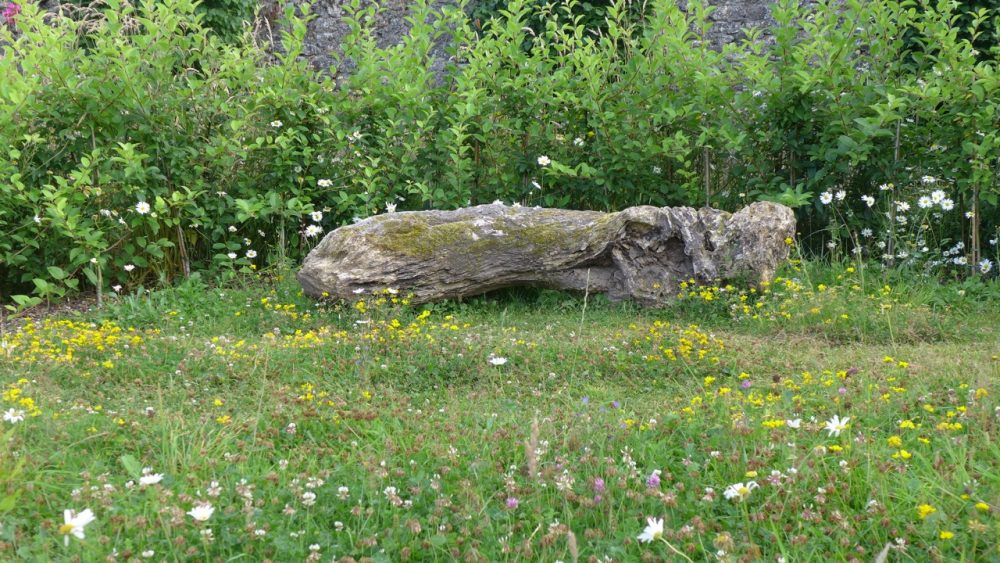
The easiest route – Put away the lawn mower!
Have you ever let your garden lawn grow from spring onwards?
If not, you could try leaving it uncut from the beginning of April for three weeks – you may be surprised to find you have a meadow in the making already (assuming it’s not been recently laid).
Many flowers that grow in meadows are likely to be in your lawn already. Species like Red and White Clover, Self Heal, Creeping Buttercup, Ground-ivy, Dandelions, Germander Speedwell are all rich sources of nectar and they are just waiting to flower – if you give them a chance and put the lawn mower away.
Put away any fertilisers or lawn improvers as well if you’ve been using them, they will only encourage the vigour of the grass to the detriment of your wildflowers.
Worried your meadow could look untidy? You don’t have to do the whole lawn if you don’t want, a meadow the size of a dining table will still provide good habitat but it should be in sunny spot.
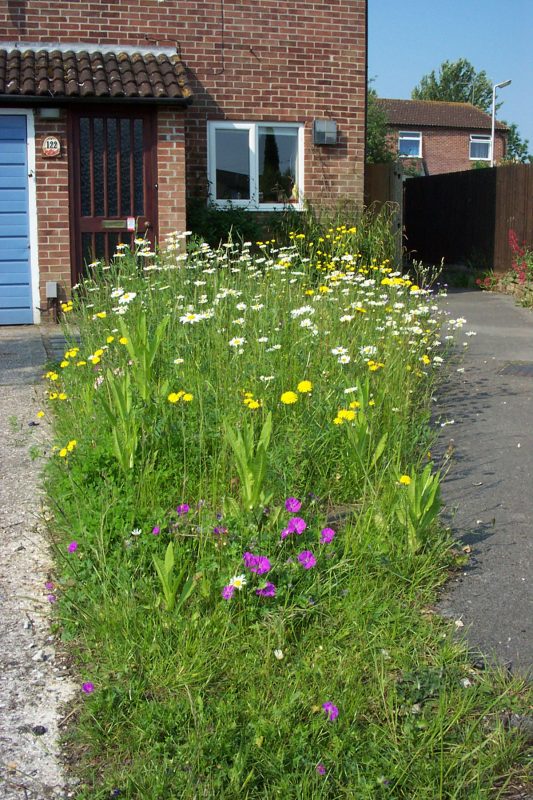
Consider mowing an edge around your garden meadow, if feasible, so that it looks intentionally created. Short grass and long grass side by side make a great contrast. A meandering path through the centre also looks inviting.
Remember, even if the grass dominates the wild flowers to begin with, you are creating a valuable strip of wildlife habitat where a profusion of grass-dependent insects, as well as birds, slow-worms, frogs and more, can feed, breed and find shelter.
Leave it as long as you can – late August is perfect. Depending on the scale, it could be cut with a scythe, a strimmer with a blade attachment, shears or a mower with a scythe cutter bar. If you think all this means hard work, just think of all the mowing you haven’t had to do all summer!
Note on string lines on strimmers: these are disastrous for wildlife – the string mashes up any insects as well as the grass so it’s best use a blade attachment.
Leave the cut grass for a day or two for creatures to crawl away, plus it is much easier to rake up the grass once it has dried off. Then remove the cut material to a compost heap. It is essential to remove the cut vegetation, or it will compost in-situ and kill off the plants under it.
Once it starts to regrow keep the whole area cut short by mowing until the following spring. If however you’ve planted any bulbs like snowdrop or crocus you’ll stop mowing in December to allow them to flower.
You can add more species by adding plug plants in the spring; the cheapest method is to use a bulb planter and dig a few plugs out of a friend’s meadow either in the autumn or early spring, and transplant to your own site.
CASE STUDY:
Bas and Rosemary Payne’s garden meadow.
See also Nicky’s Scott’s green roof as an alternative to a flowering lawn.
WILDLIFE GARDENING TALK
You may also be interested in seeing renowned Dartmoor naturalist John Walters talk for Moor Meadows on Gardening for Wildlife, recorded at Ashburton in 2017:
More Meadow Creation and Management help and information
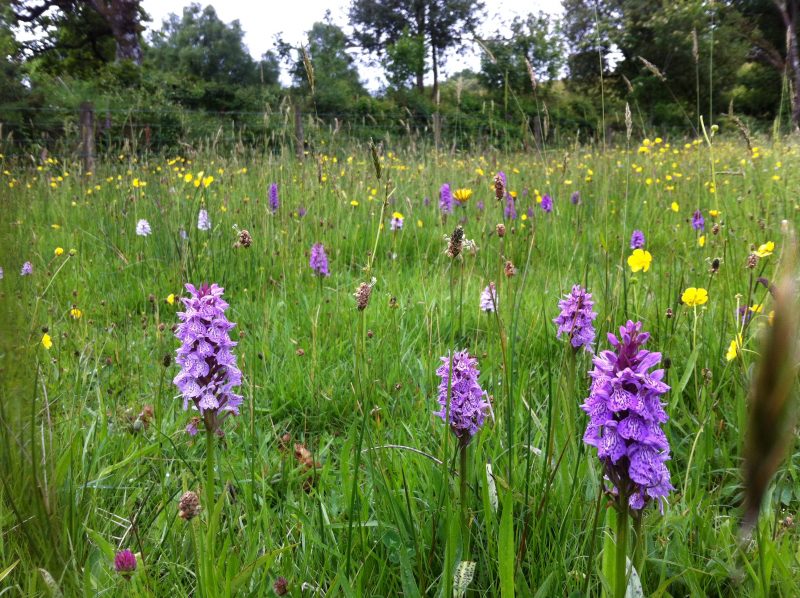
Beginners’ Guide
Answers to frequently asked questions from people starting out
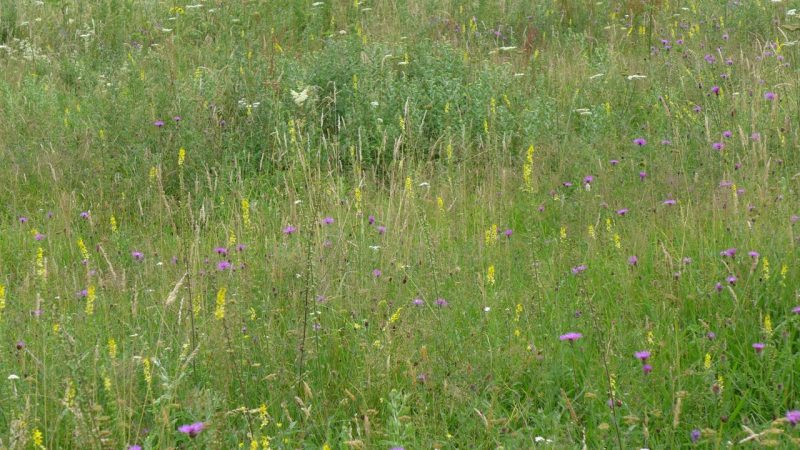
How to Create a New Meadow
You’ve a rye grass pasture and you’d like more wildflowers? Or you’re interested in creating species rich grassland on ex arable land?
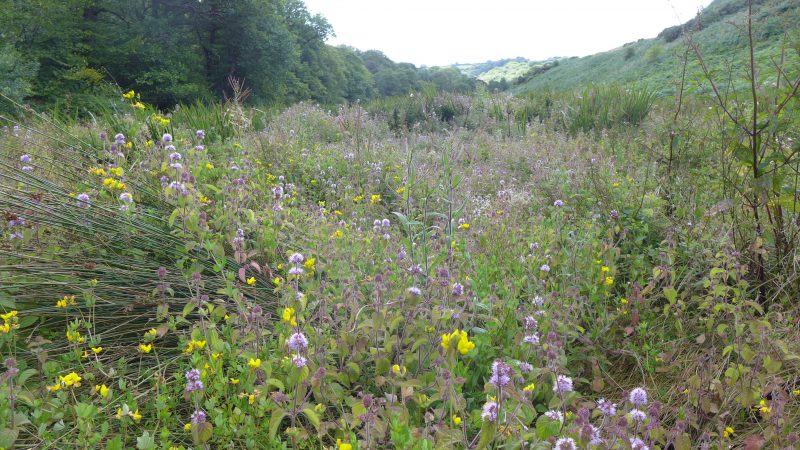
How to Restore a Meadow
Meadow expert Sue Everett tells you how to restore a pasture back to a species-rich meadow
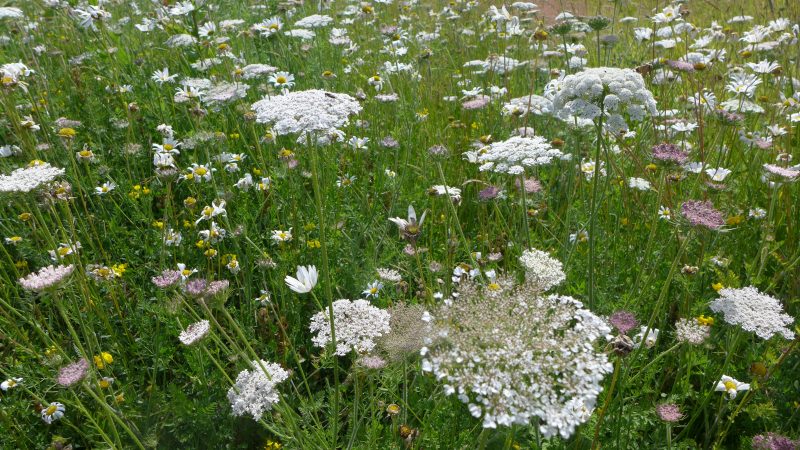
Types of Meadow
A guide to some of the different kinds of meadow you can find on Dartmoor
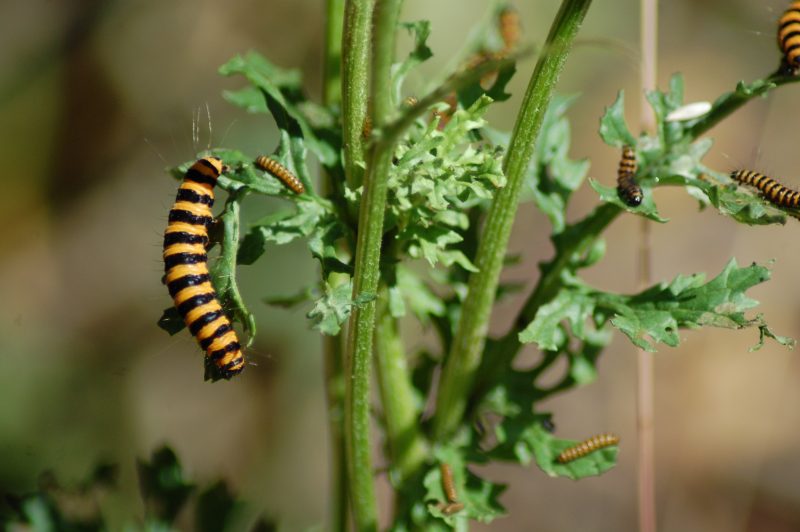
Have a Question?
What’s that plant in my meadow? When should I cut if I want to help butterflies? How can I manage my bracken problem? Has anyone got any yellow rattle seed?
